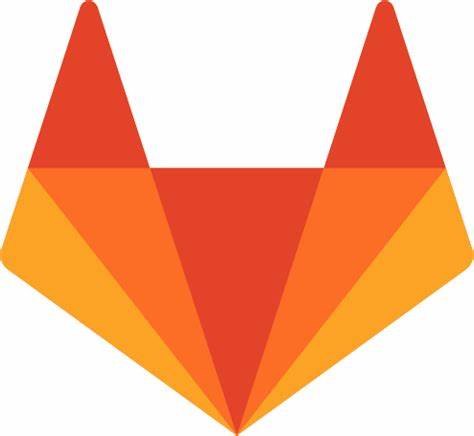Reflection on Computational Thinking
One aspect of this module that is particularly insightful is the solution exploration session. Before attending this module, I regarded programming language as almost the whole of computer science. Instead of going through coding line by line in class, giving opportunities to explore processes of resolution has a profound influence on future self-development. As stated, “Computational Thinking is influencing research in nearly all disciplines, both in the sciences and the humanities” (Bundy 2007, cited in Wing 2008, p. 3719). Although some critiques refer to its vague conceptual boundaries to similar thoughts, such as mathematical thinking and engineer thinking, as well as unsubstantiated application on other subjects (Mannila et al. 2014, cited in Tedre and Denning 2016, p.120-121), Computational Thinking has been fully developed with facilitation by computers for years (Wing 2006).
Multiple scholars have concluded that the characteristics of Computational Thinking are a mental technique to resolve issues step-by-step (Wing 2006). This model allows us to incorporate itself into other courses of learning. As a conversion course student with limited industrial experience and academic background, it becomes a challenging task to obtain enough skill sets within months. Compared with 3 or 4 years of undergraduate education, particularly, a lack of fundamentals encourage me to explore a universal and effective method to study the rest of the courses. On reflection, we should have taken an overview of all modules' objectives. Hackling relations between each course module would be beneficial to learn about their interplay on a higher level. Then try to decompose barriers with recursive thinking. It is a virtual part of Computational Thinking (Wing 2006, p. 33). Computer scientists' operation principle can be applied in studying processes. Imagine each abstraction or generation from the barrier decomposing as an API. It enables us to encapsulate abstractions in knowledge mind mapping. When demands arise, calling these substantiated modules to meet demands becomes an effective approach to resolving expected issues. Therefore, Computational Thinking is no longer a skill set for computer practitioners. Learning its underlying principles will become adaptive skill set to other fields.
Another valuable insight is that Computational Thinking enables me to concentrate on relations between scientific discipline, applied science and humanity demands. In one direction, humanity demands request applied science innovations, and then push scientific discipline research moving forward; in a reverse direction, scientific discipline researches activate applied science innovation and then satisfies humanity demands (Wing 2008, p.3721-3722). All of the skill sets I have and will have to achieve from this program should serve certain purposes. For example, HTML, CSS as well as JavaScript is a bridge to interact with their users. On a deeper layer, a higher standard requirement is raised, and that is understanding users' behaviors becomes fundamental to these techniques. Consequently, perceptions of humanity lie beyond pure techniques. These two comprehensions I have perceived from the Computational Thinking module will be fully applied to the rest modules study.
